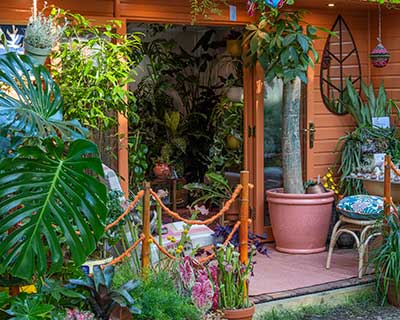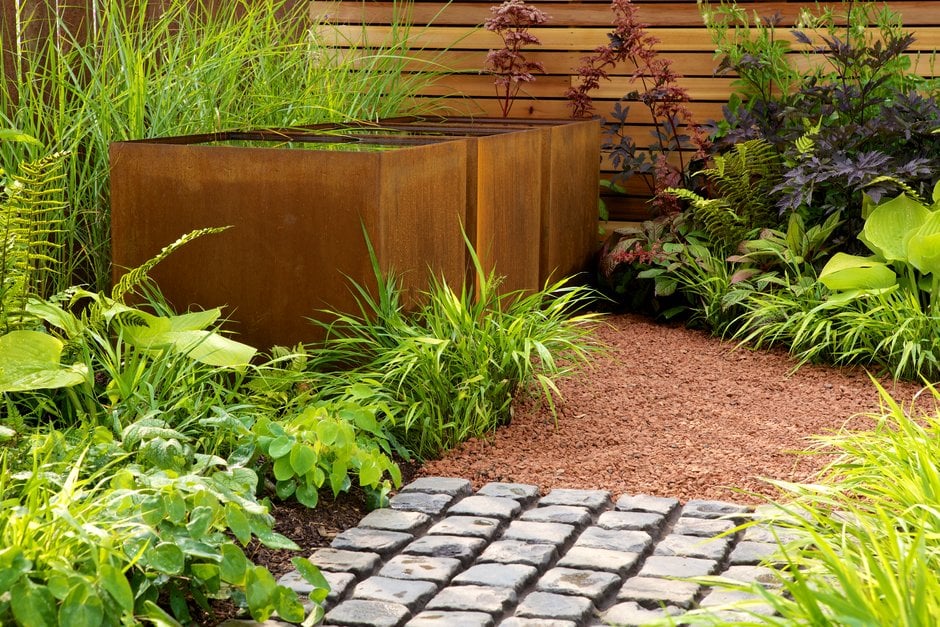Seven take-home design trends from RHS Chelsea 2024
Take a little piece of RHS Chelsea inspiration into your gardens, balconies and containers
There was both joy and gentleness in the Show Gardens, a sense of peace and reflection, of retreating to a quiet space and just soaking it all in. There was also a chance to celebrate colour, and there were two sides to the palette – one calm green and white, with forest bathing and a multitude of birch trees, the other orange, which leapt from the borders in a sunny range of tones, from peach to full-on shouty, “hello, look at me,” tangerine.
Take-home trends
Mix and match materials
Hard landscaping can be one of the biggest expenses in a garden design, but there are ways and means of reducing the cost, and being more sustainable, while still achieving that designer look. On The Octavia Hill Garden, a beautiful blend of warm York pavers, vermillion clay setts and fine gravel in the same tone were used together, but in small doses. Even if you only have a few bricks or clay setts, you can create the main hardstanding with these and infill with the cheaper aggregate.
It’s time to celebrate mosses, which were seen across many RHS Shows this year. They have so many life-giving attributes, as well as being stunning and intricate plants. Even the mosses got the colour brief, with rusty orange and green mosses being used in many of the woodland-style gardens.In the The National Autistic Society Garden, designed by Sophie Parmenter and Dido Milne, a shady dell at the rear of the garden was home to a range of mosses, clinging to stones, filling crevices and smoothing over sharp edges like a soft blanket. The smell was intense, drawing you in with that sumptuous earthy scent. It felt old, and that’s a good trick to use at home, giving new surfaces an aged patina by creating the right conditions for plants such as moss to grow – which generally means moist but well-drained, and they do love a slope.
Water capture
In a vital push to create more sustainable gardens, there were so many different ways shown at RHS Chelsea for capturing and storing rainwater. Alien-like funnels in The WaterAid Garden, designed by Tom Massey and Je Ahn, drew water down to a swale and into ponds around the garden.In the Flood Re: The Flood Resilient Garden, designed by Naomi Slade and Ed Barsley, galvanised water tanks, at different heights and in varying sizes, with spouts and falls, captured rainwater using rain chains, which could be very easy to recreate at home.


